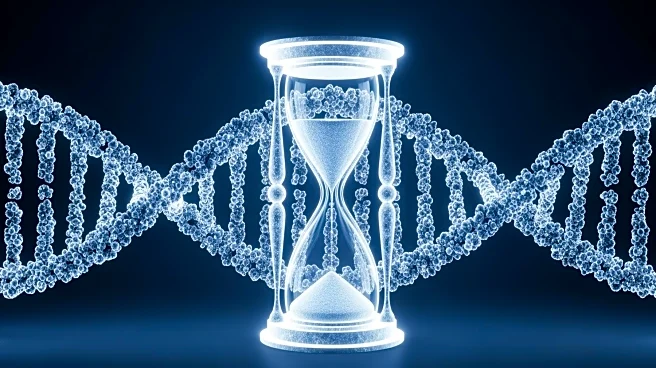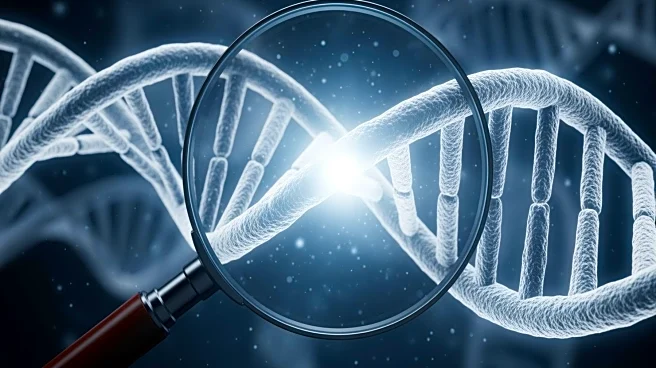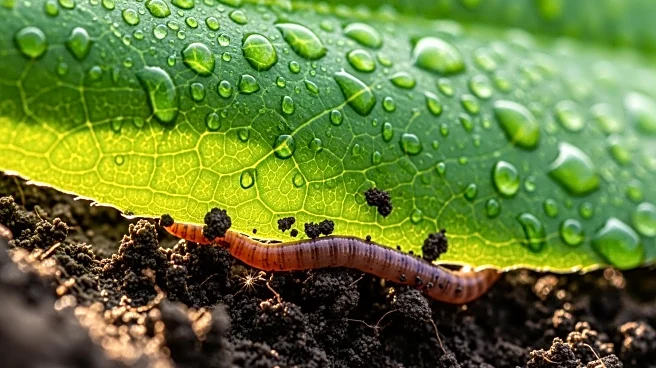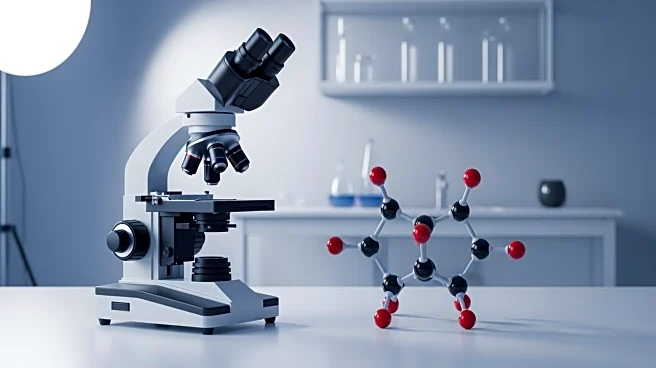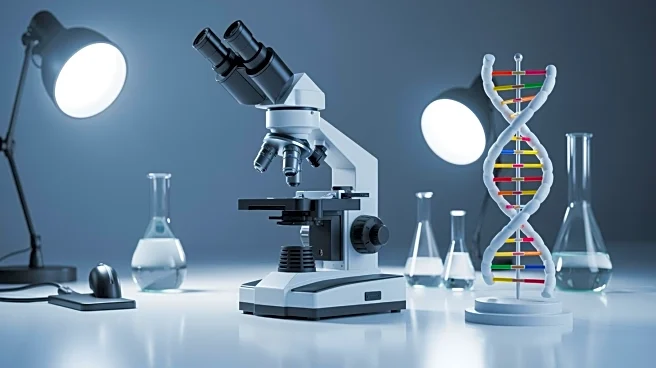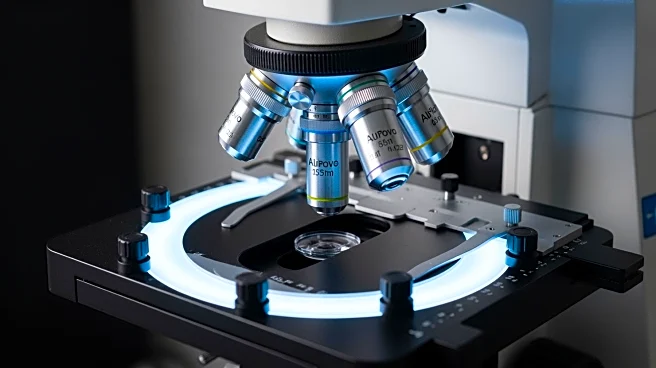What's Happening?
Recent research has uncovered that naked mole-rats possess a unique mechanism in their DNA repair process that contributes to their remarkable longevity. Scientists have identified that subtle changes
in four amino acids within the enzyme cGAS, which is part of the innate immune system, play a crucial role in repairing age-related genetic damage. Unlike in humans and mice, where cGAS can hinder DNA repair, in naked mole-rats, these mutations allow the enzyme to remain active longer, enhancing its interaction with DNA repair proteins. This discovery highlights the naked mole-rats' ability to maintain genome stability, which is a key factor in their extended lifespan of up to 40 years.
Why It's Important?
The findings are significant as they offer insights into potential pathways for enhancing longevity and genome stability in other organisms, including humans. By understanding how naked mole-rats manage to repair DNA effectively, researchers can explore new avenues for combating age-related diseases and improving healthspan. The study suggests that precise molecular tweaks could transform cGAS from an inhibitor to a facilitator of DNA repair, providing a natural mechanism to counteract aging effects. This research could pave the way for developing therapies that mimic these mutations, potentially leading to breakthroughs in age-related health issues.
What's Next?
Further research is needed to explore the roles of cGAS in the nucleus across different organisms, both short- and long-lived. Scientists aim to establish whether similar mechanisms can be applied to enhance DNA repair in humans and other species. The study opens up possibilities for genetic engineering and drug development focused on longevity and age-related disease prevention. Researchers will continue to investigate the complex interactions of cGAS with DNA repair proteins to fully understand its potential in promoting longer lifespans.
Beyond the Headlines
The discovery raises ethical and scientific questions about the implications of manipulating genetic pathways for longevity. It challenges existing paradigms about aging and DNA repair, suggesting that small genetic changes can have profound effects on lifespan. The research could lead to discussions on the ethical considerations of extending human life and the societal impacts of increased longevity.
